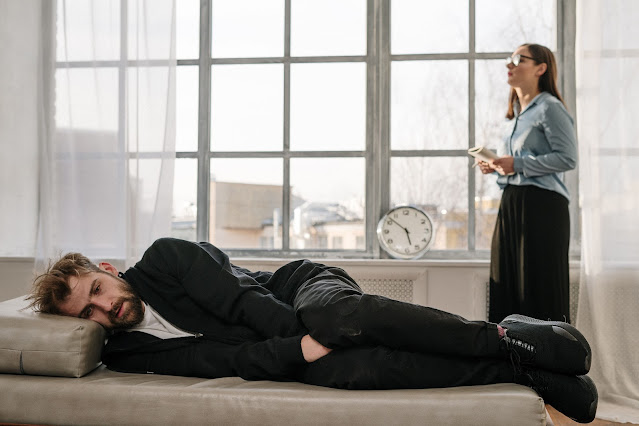Psychological Facts About Goosebumps On Your Skin
What are goosebumps, and why do we get them? While this may seem like an easy question to answer, the reality is that there are multiple factors at play, and we’re just starting to discover what they all are. This means that the answer isn’t straightforward, but there’s still plenty of fascinating information to learn about goosebumps on your skin. Let’s take a look at five of the most important psychological facts about goosebumps on your skin.
4 Psychological Facts About the Goosebumps on Your Skin
1) The Science Behind Goosebumps
Whether you are petrified by horror films or brought to tears by a love story, goosebumps are a universal reaction and go back millions of years. While many people associate them with fear, scientists have discovered that goosebumps may also be linked to feelings of warmth, empathy and excitement. But how does our body produce such visible reactions? What is it about certain movies or books that cause us to want to reach out and hug someone? Why do some stories make us feel cold, while others leave us feeling warm inside? The following five psychological facts shed light on one of humanity’s most powerful emotions: How To Make People Emotionally React Without Saying A Word! 1.
2) Why Are We Scared?
There are a few different theories as to why we get goosebumps. The main theory is that they’re simply an involuntary response designed to help keep us warm when we’re cold and cool when we’re hot. Goosebumps are made of muscles, after all, so our body is essentially flexing its own little muscle in order to try and regulate our temperature. If you have goosebumps right now—I do—that might be exactly what they’re doing: keeping your skin warmer while you read through these facts or maybe chilling you a bit more once you step outside into that brisk fall breeze.
3) Is There a Fix?
According to a group of researchers from Cambridge University and Humboldt University in Berlin, there’s a relatively simple solution. All you have to do is imagine yourself in a situation where you’re very, very cold. They found that participants who did so experienced an increase in temperature of nearly 2 degrees Celsius. It’s a finding that supports previous research showing that imagining some physical sensation can often stimulate bodily reactions. To get rid of your goosebumps, just close your eyes and picture yourself ice-skating on Lake Geneva or relaxing by an open fire with your favorite book. You should notice an improvement almost immediately!
4) What Can Help?
If you are looking for a little psychological relief from a case of goosebumps, try out some hot tea or warm milk. Both have been scientifically proven to decrease instances of goosebumps; however, researchers aren’t sure why it works. Some believe that it might work because these drinks raise your body temperature and make you less sensitive to cold temperatures (which means fewer goosebumps). Others say that drinking something warm just feels good so you stop thinking about how cold you feel. Whichever way works for you, go grab a cup! Just make sure not to drink too much hot liquid; otherwise, instead of getting goosebumps, your body might start to sweat all over in an effort to cool down again.







